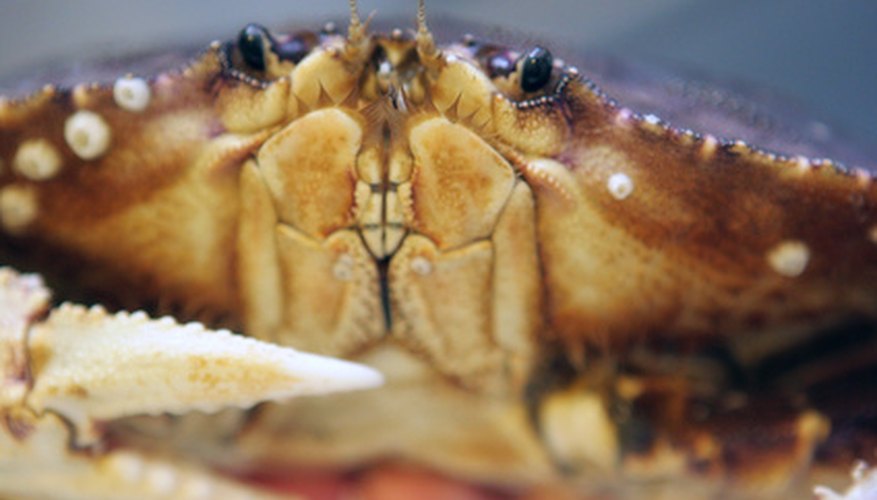Crab has been fished in Scotland since the 13th century. Today, the fishing is an important industry in the small coastal towns in Scotland, according to Seafood Scotland. Crabs are caught near the coast, but most crab fishing is done in deeper waters by professional fishermen in crab boats .
Location
Scotland is located in the northern part of the British Islands, according to Encyclopaedia Britannica. The country is surrounded by sea on three sides, with the Atlantic to the west and the North Sea to the east.
Scotland has a rugged coastline with many small islands and fiords, which are home to many small villages where fishing is the main industry.
Crab Fisheries
The Scottish crab fisheries are mainly based in the Hebrides islands, Sule, South Minch and Orkney Islands. The crabs are caught with modern boats offshore. Crabs caught are mainly exported live to the south of Europe and England, according to The Scotsman.
- The Scottish crab fisheries are mainly based in the Hebrides islands, Sule, South Minch and Orkney Islands.
- Crabs caught are mainly exported live to the south of Europe and England, according to The Scotsman.
The decline in the industry is mainly due to dropping sales resulting from the recession. In 2009, 504 tons of crabmeat was sold in the UK, compared with 739 tons in 2008.
Vessels landing crabs are required to have a shellfish license, according to Seafood Scotland.
Fishing Tools
Crabs are caught in creels, cages with netted entrances made from 8 or 10mm steel bars welded together and coated in plastic, according to MacDougals Marine Service. The creels are covered with netting and eyes of nylon over the entrances. The frame of the creel is bound with rope across the bars. The base is either rubber or bound with rope.
- Crabs are caught in creels, cages with netted entrances made from 8 or 10mm steel bars welded together and coated in plastic, according to MacDougals Marine Service.
- The creels are covered with netting and eyes of nylon over the entrances.
Crab Species
The main crab fisheries in Scotland catch the brown crab, which is found in offshore waters where depths are up to 100m, according to The Fish Site. The crabs live on rocky reefs, mixed ground and in soft sediment. The brown crab eats mainly small invertebrates. They also scavenge for food. Brown crabs over the size of 140mm carapace width can be caught. Mature crabs are found further out to sea, the juveniles staying near shore.
- The main crab fisheries in Scotland catch the brown crab, which is found in offshore waters where depths are up to 100m, according to The Fish Site.
- Brown crabs over the size of 140mm carapace width can be caught.
Sports Fishing for Crabs
Normally, fishing in Scotland requires a license, and the permission of the land owner, according to BBC Scotland. However, sea fishing from the shoreline is free, using angling rods. There are charter boats which take tourists on sea-fishing trips. In coastal waters, angling for crabs is also possible.
- Normally, fishing in Scotland requires a license, and the permission of the land owner, according to BBC Scotland.
- However, sea fishing from the shoreline is free, using angling rods.
